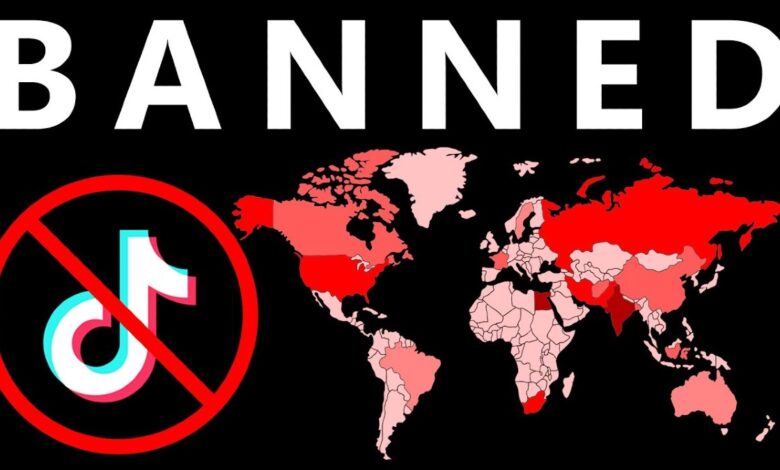
On March 14, 2025, we were contacted with a request from a high-level Tibetan functionary, who reported receiving multiple abnormal roaming messages from his cellular provider stating “Welcome to China”.

This article highlights the ongoing threat of spyware targeting Tibetan communities through spoofed mobile apps. It breaks down how tools like BADBAZAAR and MOONSHINE operate, which apps have been weaponized, and how users can spot and respond to potential infections. Practical tips and resources from trusted Tibetan cybersecurity networks are also included.


Explore the evolution of cyberattacks targeting the Tibetan community, revealing how threat actors advanced from basic intrusions to sophisticated social engineering. This analysis sheds light on adaptive tactics, evolving threats, and their broader implications.

We know that Chinese apps like WeChat are notorious for extensively carrying out censorship and surveillance on users

In the rampant age of diverse national interests compounded with exceeding technological revolutions, the communist regime of China has become a forefront in exploiting digital technologies to control, monitor and suppress the rights of its citizens and ethnic minorities.

The integration of technological products and services into daily life has revolutionized modern

In this report, ARTICLE 19 examines the Digital Silk Road (DSR) as a platform for advancing China’s model of digital authoritarianism

The dawn of the internet era among nations during the early 90s was prevalent for socio-economic development

In the break of the digital revolution and the rise of sophisticated technology infrastructures

China’s oppressive laws and policies under its communist leadership of Xi Jinping have imposed strategic means equipped with latest trends

In this modern world which heavily relies on technology for geo-political, military and economic